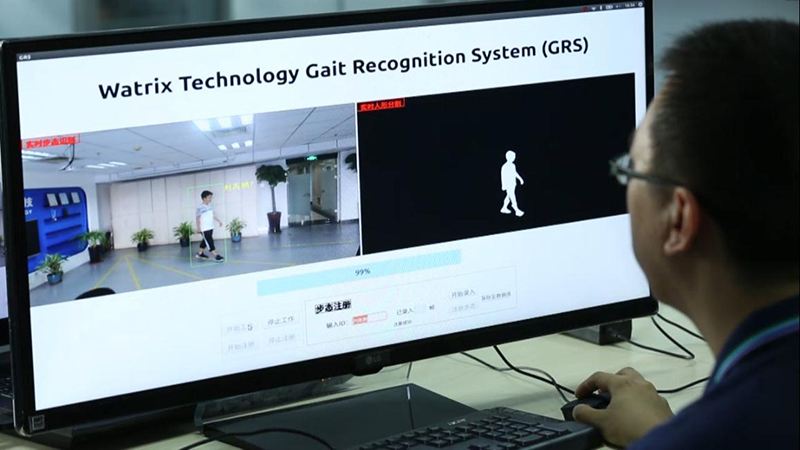New method improves gait-based identity recognition


BEIJING -- An international team of researchers have improved the gait biometric technique based on information collected by wearable sensors, increasing the accuracy of identification in wearable health devices for elderly users.
People's gaits convey unique personal traits. Compared with conventional biometric parameters like fingerprints, faces and irises, gaits are easily collected, hard to be copied, and can provide constant recognition. But the application of gait-based identification faces certain challenges.
According to researchers from Shenzhen Institutes of Advanced Technology, the gait recognition performance deteriorates dramatically when the walking speed varies.
In a previous study, Chinese researchers developed a new method that manages to eliminate the influence of walking speed variation and individual gait fluctuation. According to the study published in the IEEE Internet of Things Journal, the accuracy of gait recognition improved by 25.8 percent and user authentication by 21.5 percent.
In the new study, the Chinese researchers worked with their counterparts from University of Calabria, Italy. Based on the new method, they focused on gait-based authentication for elderly people.
According to the study published in the journal Information Fusion, due to muscular atrophy and loss of muscle strength caused by aging, elderly people's gaits show less symmetry in both feet, a lack of continuance and periodicity compared to young adults.
The international team of researchers proposed a synthetic method based on multiple gait cycle modes, and an authentication method incorporating decision-based data fusion.
They carried out tests on 64 elderly users aging from 50 to 79 years and the average recognition rate of the proposed method reaches 96.7 percent.
As more and more personal information, including physical, physiological, and daily activities, is collected and stored in wearable healthcare devices, an accurate gait-based identity recognition system provides a new way to ensure the safety of the personal data, the researchers said.
- Third rare earth mineral found in Bayan Obo deposit
- Tracing Flying Tigers' historical sites in mountainous China
- Senior official urged public security system to contribute more in new development pattern
- Guangdong prepares as Typhoon Wipha approaches
- China-Laos Railway doubles daily cross-border passenger services
- China's top political advisors discuss macroeconomic performance in H1





































